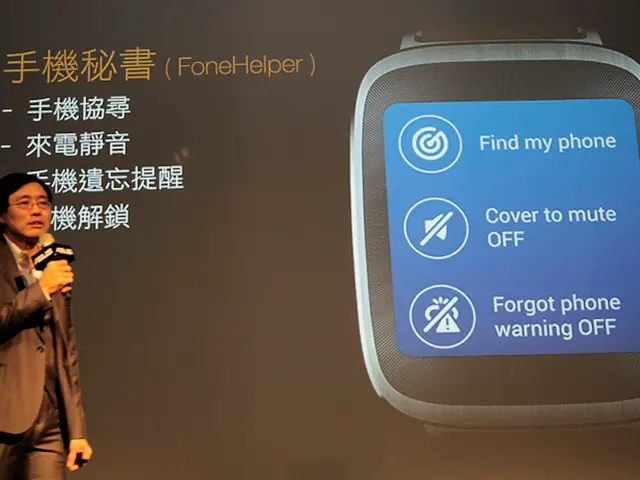Strategies for Devising a Risk Management Plan for Wearable Technologies in Businesses
In the era of Bring Your Own Device (BYOD), companies are grappling with the challenges of managing a diverse range of mobile devices. Enterprise Mobility Management (EMM) or Mobile Device Management (MDM) solutions offer a viable solution, providing detailed control over these devices.
As wearable technology becomes increasingly integrated into enterprises for improved collaboration, communication, and productivity, it's crucial that organisations update their existing policies to include these devices in their BYOD policy. IT teams should develop a proactive and ongoing mobile technology program to adjust as new technologies emerge.
Wearable technology, such as smart watches and inventory systems, are being adopted by companies like Tesco in their warehouses to track product orders. However, the security of this data is paramount. Keeping sensitive data from falling into the wrong hands is crucial when using wearable technology.
Two-factor, user pulse, or location-based authentication can be used for added security with wearables. Analyzing information transferred from wearables to mobile devices can also protect against data leakages. Remote wiping of mobile devices is a useful security feature.
For securing sensitive company data on wearables, solutions like Jamf for Mobile offer secure device management, including controlled access, real-time risk evaluation, web content filtering, phishing protection, and data usage controls. Advanced security management approaches like External Attack Surface Management (EASM) and Digital Risk Protection (DRP) are also used to continually discover and monitor digital assets and external threats, which can include wearable devices connected in the corporate infrastructure.
Mobile Application Management (MAM) is a solution to monitor applications on wearables. Adopting a proactive approach to embrace new employee technologies can increase productivity and reduce insider and malicious threats.
However, it's not all smooth sailing. The rollout of well-known wearable products like Google Glass and the Apple Watch is slower than expected. IT admins are detecting wearables in company networks and are sometimes unsure of the type of device or potential threats. Some companies have integrated wearables into their network infrastructure primarily within Industrial Internet of Things (IIoT) frameworks, but the specific names of these companies are not detailed in the sources.
One potential concern is the conversion of smart watches into listening devices that record and stream audio. To address this, security vendors should develop capabilities for detecting and controlling wearables without disrupting their practical functions. Regular trainings and updates must be included in information security planning to stay ahead of new information security threats and solutions.
In conclusion, wearables can extend data security with great impact, enhancing productivity and efficiency in the workplace. By implementing robust security measures and adopting a proactive approach, businesses can harness the benefits of wearable technology while minimising potential risks.
Read also:
- In a Blend of Style and Necessity: The Q Timex 1972 Time Machine Reissue Demonstrates That Practical Design Remains Everlasting
- Influential hoteliers discuss the evolving landscape of the hospitality industry, as observed by five notable women in the field
- Budgeted a moderately-priced $125 Power Supply Unit (PSU) for a high-end $3,000 RTX 5090 Graphics Card setup








